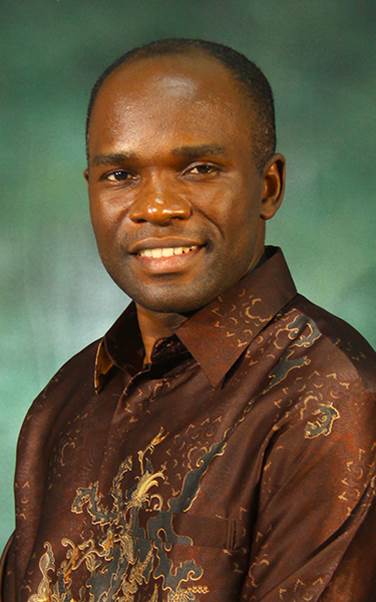EDTE 620 Second Language Acquisition
This course is an overview of theories of first and second language acquisition, including comprehensible input, the monitor hypothesis, order of acquisition, and the role of linguistics in understanding language acquisition. The differences between learning and acquisition, EFL, ESL, and ESP, pedagogy and andragogy, learner’s characteristics and motivation are also discussed. Traditional and current approaches to language teaching will be discussed, including grammar/translation approaches, communicative language teaching and constructivist theories.
Units: 3
|
WHO NEEDS THIS COURSE? Graduate students:
This course may also be taken by
|
TIME INVESTMENT At least 3 hours a day for approximately two months. |
COURSE OUTCOMES
Upon completion of this course, the students will be able to:
- Evaluate the strengths and weaknesses of approaches to language teaching that have been used over the centuries until the present day.
- Document their feelings, thoughts, reactions, and questions as they reflect on their language learning experiences.
- Identify and explain the factors that influence the acquisition of language.
- Compare and contrast the processes of first-language and second-language acquisition.
- Define and differentiate the terms learning and acquisition as they are sometimes used in the second language context.
- Explain the effects of age on language acquisition and how these might affect teaching styles and methods.
- Describe the similarities and differences inherent in various language learning settings such as ESL and EFL, and how these might affect teaching styles and methods.
- Evaluate current issues in second language learning and take a stand.
- Make informed choices of particular teaching techniques and methods based on an understanding of the language acquisition process.
TOPICS TO COVER
| Week 1 |
|
| Week 2 |
Discussion of 3 major groups of factors that affect SLA
|
| Week 3 |
Or why we do things the way we do them in L2 teaching: Discussion of 3 major groups of theories:
|
| Week 4 |
Or what happens behind the scenes when we learn the meaning of an L2 word: Analysis of some of the common ways of looking at L2 vocabulary or lexicon. |
| Week 5 |
Practical application of the theories seen above:
|
| Week 6 |
|
| Week 7 |
|
| Week 8 |
|
| Week 9 |
|
COURSE FACILITATOR
 |
Claudia E. Blath, MAEd TESOL CLAUDIA BLATH finished her MA degree in Education with emphasis in TESOL at AIIAS in 2015. Since then she has been living in Buenos Aires, Argentina, and working from home as the translator and editor of the Adult Sabbath School Bible Study Guide, Spanish edition, among many other freelance projects. She loves doing research and writing, and is here today hoping to be part of “those who, through the grace of God, have received intellect and spiritual benefits are, as they advance, to carry others with them to a higher excellence. And this work, done to promote the good of others, will have the co-operation of unseen agencies. As we faithfully continue the work, we shall have high aspirations for righteousness, holiness, and a perfect knowledge of God. We shall be complete in Christ in this life, and shall take our increased capabilities with us to the courts above, there to continue the higher education” (Ellen G. White, Youth Instructor, Dec. 8, 1898, par. 15). |
DEVELOPER
 |
Safary Wa-Mbaleka, PhD SAFARY WA-MBALEKA has designed and taught many TESOL courses in the Philippines, USA, Puerto Rico and the Democratic Republic of Congo. He served 8 years as the TESOL program director at AIIAS before being called to serve at the Adventist University of Africa in 2019 where he is currently serving as the director of AUA Online while teaching leadership and research courses. A number of his publications in the field of TESOL are freely accessible online. In TESOL, he is especially passionate about research on Mother-Tongue-Based Education, multicultural education, and L2 teachers and learners. |

